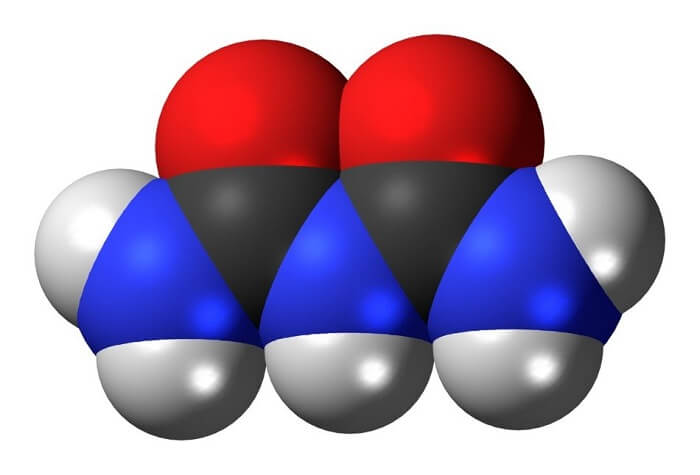What are Intermetallic Compounds? Intermetallic Compound properties, definition and facts. Information on Intermetallic Compounds.

Source : pixy.org
Intermetallic Compounds; When two or more metallic elements in liquid form are mixed to a state of chemical equilibrium and then cooled to the solid state, the resultant system can be classified as:
- a solid solution;
- immiscible phases; or
- an intermetallic compound.
In a binary system, for example, when the atoms of the two metals are very similar physically and chemically, as in the case of silver and gold, the two metals may form a solid solution. When the atoms of the two metals are quite dissimilar or chemically incompatible, as in the case of silver and nickel, the two metals may separate into two immiscible phases, similar to gasoline and water. When the atoms of the two metals have a distinct attraction for each other, as in the case of magnesium and nickel, the two metals may form one or more intermetallic compounds. Each compound has a characteristic melting point and a distinct crystal structure that may be different from that of either of the two metal elements or of any other compound in the system.
In some cases, the intermetallic compound is brought about through electron transfer similar to that of the ionic bond formed in sodium chloride. An atom of a typical metal, however, usually has few electrons in the outer shell; consequently, none of the atoms of the compound can achieve a completed outer electron shell, as in ionic or covalent bonding. Nickel aluminide (NiAl) can be cited as one case in which ionic exchange is partially achieved; this is attested by the lack of typical metallic properties, such as conductivity, luster, and ductility. Also, the melting point of nickel aluminide is 1,638° C (2,980° F), which is 185° C (365° F) higher than that of nickel and 978° C (1,752° F) higher than that of aluminum. Nickel aluminide crystallizes in the body-centered cubic structure, whereas nickel and aluminum both crystallize in the face-centered cubic structure.
The number of intermetallic compounds that can be formed between two metallic elements is dependent on the chemical characteristics of the two metals and may vary from zero to eight or more. The stoichiometric ratio of metal elements is rarely fixed, as in ionic or covalendy bound materials, and may vary in a haphazard fashion.